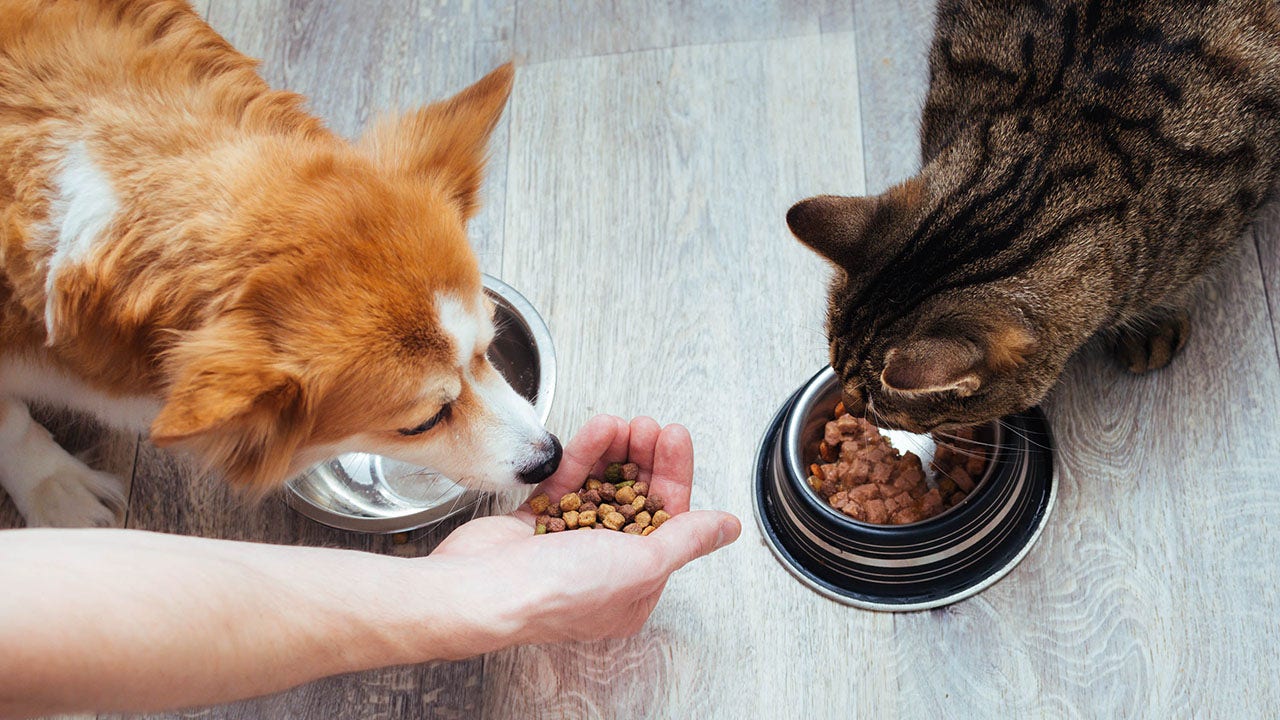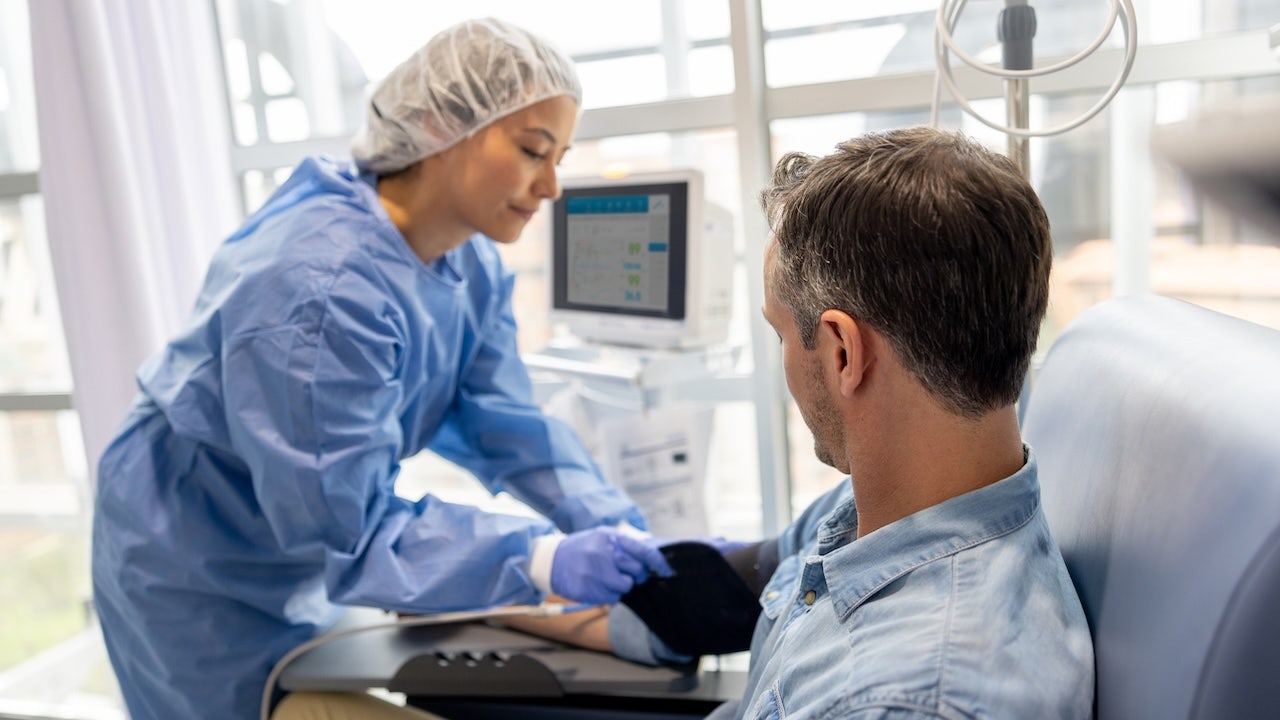Is your pet food safe from bird flu? A vet offers tips

The recent outbreak of avian flu (H5N1) in the U.S. has not only affected humans but has also proven to be fatal to felines. Since the start of the outbreak in March 2024, dozens of cats have contracted the virus, leading to concerns about the safety of pet food.
According to Dr. Jim Keen, director of vet sciences at the Center for a Humane Economy in Maryland, infected cats have shown respiratory and neurological symptoms. Cats can be exposed to bird flu through contact with infected wild birds, poultry, or dairy cattle. Outdoor, feral, and wild cats are at higher risk as they may hunt and eat infected birds.
While there have been no reports of dogs being infected with bird flu in the U.S., fatal cases have been reported in other countries. However, canines usually exhibit milder symptoms compared to cats. The FDA has advised cat and dog food manufacturers using uncooked or unpasteurized ingredients to reanalyze their food safety plans to include bird flu as a hazard.
Dr. Andrea Y. Tu, chief of veterinary behavior medicine at Heart of Chelsea Veterinary Group in New York, warned against feeding pets raw foods, as they may not be heated to a temperature high enough to kill off the virus. She recommended cooking pet food to 165 degrees to ensure safety.
To protect pets from bird flu, experts suggest keeping cats indoors and away from infected birds. Avoid feeding pets raw milk, cream, or pet food, and ensure that homemade pet food is cooked thoroughly. If you suspect your pet has contracted bird flu, contact your veterinarian immediately.
In conclusion, it is essential for pet owners to take precautionary measures to keep their pets safe from bird flu. By following these guidelines and being vigilant about their pet’s diet and environment, pet owners can help prevent the spread of the virus and protect their furry companions.




